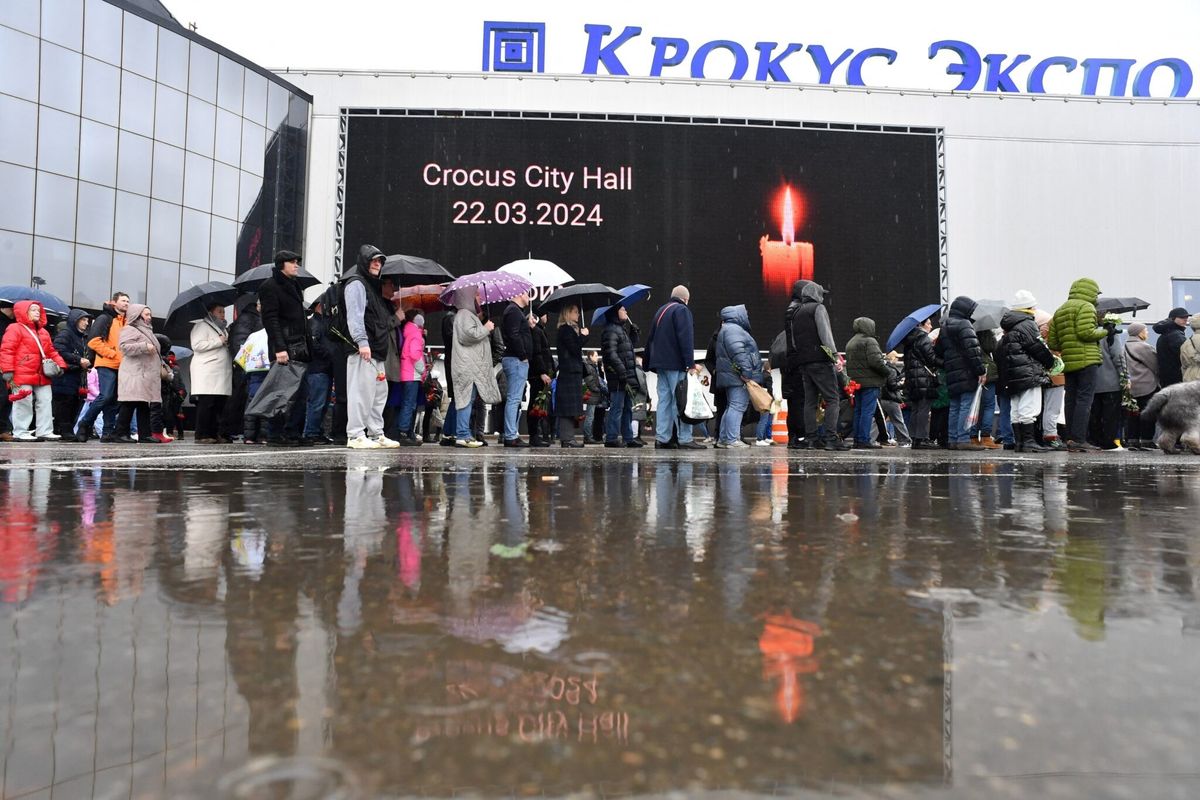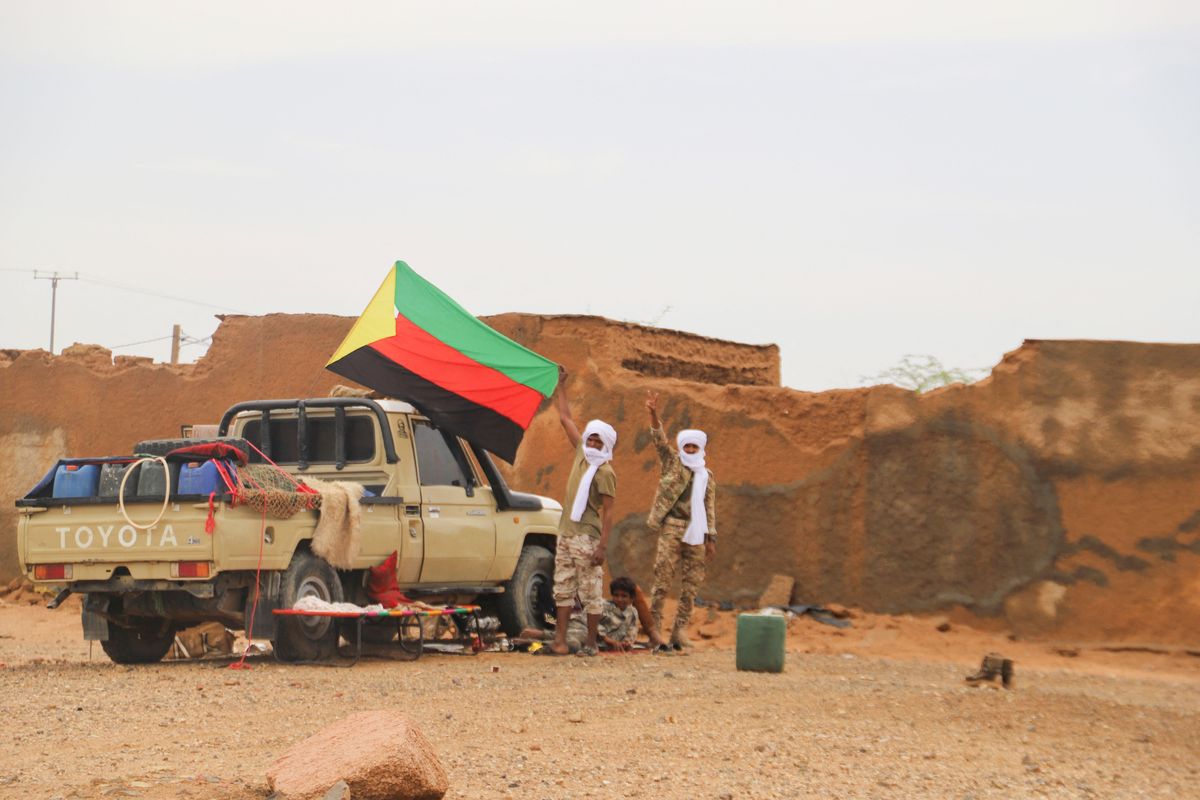Our basic understanding of the Islamic State’s ambitions, and its justifications of those ambitions, remains muddled. “Remaining and expanding” and “a caliphate on the Prophet methodology” are its bumper sticker slogans, but these do not answer the questions of why the group uses ultraviolence, why its narrative is so closely tied to what happens in Syria, why it targets Shiites, and why its adherents destroy tombs.
Illustration through analogy is often the best tool for explanation. Imagine the Islamic State as a vehicle. The fuel that makes its engine run is a theological tradition known as Salafism. However, for the entire vehicle to actually reach its destination, there are many other components that must all work together – a capable driver, functioning parts, a paved road that it shares with other cars, and even suitable weather.
While the vast majority of the world’s Salafis are not violent, they share much of the theological vision that the Islamic State promotes (Sunni, originalist, literalist, anti-Shiite, anti-Sufi). But their Salafism fuels different vehicles driving on different roads in different traffic conditions.
The Islamic State has a number of components to its vehicle including apocalyptic motifs tied to Syria, its narrative of building a caliphate (which carries with it implications about leading the global Islamic community writ large), and the functions of its state-formation (levying taxes, maintaining road conditions, distributing food and resources). The unfolding instability in Iraq and Syria are opportunities for the imposition of these elements, offering favorable road and weather conditions. The other cars on the road might be likened to other jihadist groups. And a successful navigation of these conditions to reach the vehicle’s destination requires cost-benefit calculation, military strategizing on the part of the driver, even personal politics and competition with other jihadist groups.
At the same time, a vehicle that has all these parts but lacks the Salafi theological fuel will not be as successful. Apocalypticism, savagery, territorial claims, and caliphate ambitions – either on their own or in combination – would do little to either drive the group or to make it as appealing to its followers around the world without the Salafi theological justification.
So what is Salafism, and how can we productively measure the role it plays in driving the Islamic State? Moreover, how do we reconcile the equally important point that the vast majority of the world’s Salafis are not only non-violent, but condemn violence and remain influential among their own followers? Are these, then, the natural partners in stopping the Islamic State?
Salafism is a Sunni theological and legal intervention into defining what Islam is. It is not a modern political program like the type the Muslim Brotherhood espouses. In fact, Salafism emerged as a movement over the course of the twentieth century in many ways as a response to the progress of Islamists like the Muslim Brotherhood. Whereas the Brotherhood was engaged in debates about whether Islamic law should be the basis for the constitution, the Salafis were concerned about what kind of Islam was being discussed. Namely, for Salafis, their objective was reeducating fellow Muslims according to what they believe the Prophet Muhammad and his earliest Sunni followers practiced – an objective that, they taught, could only be achieved by unmediated reference to the Qur’an and the statements of the Prophet Muhammad contained in the hadith reports deemed authentic.
The lack of a coherent political worldview on the Salafi side of the ledger, and the lack of a coherent theological vision on the Brotherhood side, led to two consequences following the events of the 2011 Arab Spring. The first has to do with the collapse of the existing governments, which meant that the political context to which the Brotherhood had been responding for much of its existence had collapsed, and therefore, so too did the relevance of its message. By contrast, Salafis had new opportunities to enter into the political sphere and to either appeal to their cohort or to abstain where they saw fit.
What makes someone become a violent Salafi (or a Salafi-jihadi) rather than non-violent Salafi depends on how they answer a basic question – what makes someone Muslim? Non-violent Salafis view one’s failure to adopt their Salafi worldview as potentially caused by any number of factors (ignorance, miseducation, laziness). For violent Salafis, a failure to adopt their worldview is an expression of one’s deliberate rejection of Islam – a rejection that justifies a person’s excommunication from the fold of Islam (takfir) and permits violence to be carried out against them.
The second consequence that resulted from the Arab Spring has to do with the progress of events that have occurred since then, in particular in Iraq and Syria – both home to sizable Sunni and Shiite populations. There was, in short, a sectarian dimension to why groups differed in their political affiliations. As events proceeded along their bloody course, for some Sunni groups, this sectarian dimension became the definition and explanation of political developments. It was in this environment that Salafi militant groups, like the Nusra Front and Ahrar al-Sham, were born and in which their message of restoring a purist Sunni Syria rid of other Islamic groups took root.
The Islamic State departed from both these Salafi militant groups in Syria, as well as from other Salafis and Salafi-jihadists, in a number of significant ways. The first is that they are less interested in Syria for its own sake but rather for convincing followers about its parallels with the apocalyptic course of events foretold in apocryphal hadith reports and, by extension, projecting the image of themselves as shepherds of the apocalypse. The second is the Islamic State’s claim to a caliphate, which has caused significant tremors in the Muslim community in general, and tension and competition with al Qaeda and other Salafi jihadists in particular, because of its claims to leading and defining the shape of Muslim communities. And, of course, its emphasis on using and publicizing its violent methods.
However, it is these very distinguishing elements of the Islamic State that are not only integral to its unique appeal but are also limitations that may be exploited. Namely, any success the group might have in its current form– including its ability to expand territory, to sustain its credibility with its followers, to attract foreign fighters – depend on its claims to realizing a Salafi interpretation of what Islam should be. This does not mean that the Salafi orientation implies sympathy with the Islamic State – it does not. But it does mean that an “Islamic” state of the kind that IS is currently pursuing cannot be as successful amid today’s regional context without the reference to the unique originalism, textualism, and sectarianism of Salafism.












